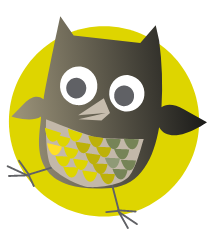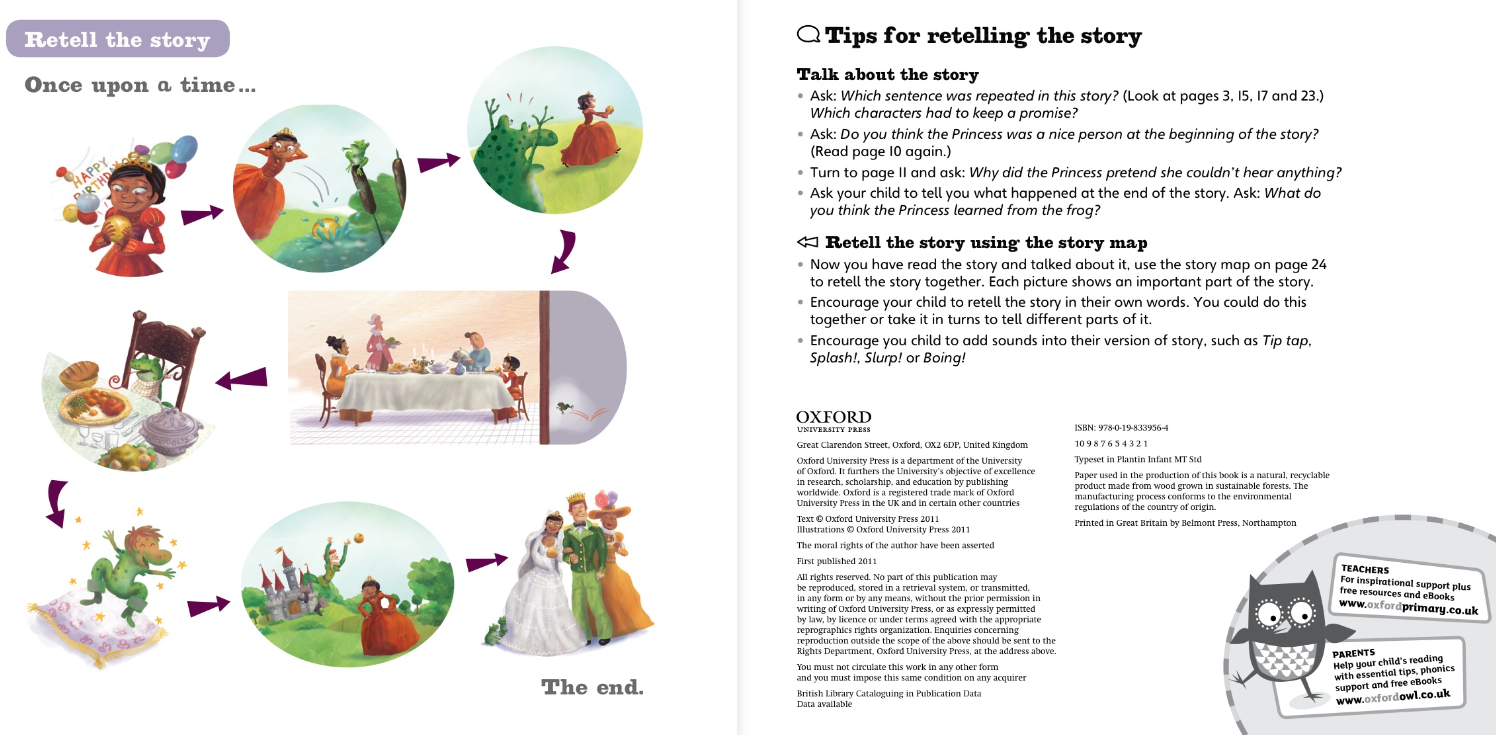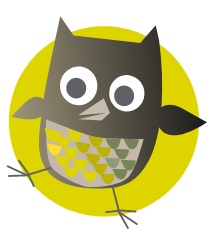Everyone is a Story Maker
My life is dedicated to telling stories, creating stories and sharing children’s picture books – both in my work and with my boys at home. I am passionate about storytelling and how stories help lay the foundation for early reading and writing.
Whether a child is literate or not, if she can tell a story then she is a story maker just like an author. When children join in oral storytelling they begin to learn a variety of story structures for writing later on. And when children experience story books being read to them aloud, they learn how to mirror good reading behaviours. Here are some of my top tips to help your little story maker at home.
Please note: all book links lead to more information on Amazon.co.uk
Encouraging children to tell traditional tales is a great place to start. They are brilliant because children quickly become familiar with certain story structures, such as openings and endings e.g. “Once upon a time…” and “They all lived happily ever after”. And because traditional tales are steeped in an oral tradition they are full of repetitive phrases and easy to remember:
- The Enormous Turnip – “He pulled and he pulled with all his might, but the enormous turnip would not come up.”
- The Little Red Hen – “Not I,” said the pig. “Not I,” said the cat. “Not I,” said the rat.
- Three Billy Goats Gruff – “Who’s that trip-trapping over my bridge?” said the troll.
Interactive Storytelling
Storytelling can be a very physical and interactive experience too. This is particularly great for busy children who struggle to sit down for extended periods of time. When I encourage young children to join in telling stories in my Reading Fairy classes and events, we always use actions to accompany key phrases. Children can respond well to the use of props too, such as instruments, puppets or sensory equipment like bubbles, but often it’s just wonderful to tell the story together.
You and your child can join in re-telling traditional stories from around the world at home with professional storytellers on the Oxford Owl website: Oxford Owl storyteller videos
Recording Stories
You might like to record video or audio versions of your child telling stories to play back to him or her. I started doing this with my boys when they were about 3-years-old and it certainly encouraged them to want to tell and create their own stories.
When children are older, this is a useful way to help get their creative juices flowing and brains buzzing with ideas before they have to concentrate on scribing. So often, children can be frustrated if they have to concentrate on handwriting, grammar and punctuation before getting a sense of their exciting story.
Story Maps for Story Telling
Much work has now been done on the power of creating a story map before a child tells or writes their story. This is something I learnt from educational consultant and writer Pie Corbett in his work on Talk for Writing. The adult or child creates a visual story map to act as a prompt as the child tells the story. It also offers a framework for writing and editing the story when the child is ready to put pen to paper.
Why not have a go at creating a story map with your child at home?
Here is an example of a story map from Oxford Reading Tree Traditional Tales to help you
Creating Your Own Story
Once your child is familiar with retelling a story, he/she can innovate on it to make up their own story. By this I mean changing elements of the story to create a new one. For example, “The Enormous Turnip” could become “The Giant Carrot” or even “The Enormous Bone”. I’ve used the latter with large groups of children in libraries to introduce them to Lynley Dodd’s book “Hairy Maclary from Donaldson’s Dairy” and its characters. One by one, the dogs are called over to try to pull up the Enormous Bone but they can’t because it’s too big!
All good story writers are inspired by and borrow ideas from other stories. I love watching children’s faces (and parents’ too) when I tell them that Julia Donaldson’s famous story of The Gruffalo was inspired by an old Chinese folk tale about a tiger.
Reading Aloud
As well as telling traditional tales, boys and girls learn a lot about stories and the enjoyment of books by being read to aloud. I remember fondly the classic Ladybird traditional tales and fairy tales read to me when I was a little girl. I now enjoy sharing them with my boys. But I do believe that adults have to take some responsibility for bringing the stories to life. No-one needs to be a professional actor and just sharing story books together is an amazing thing and will help your child’s literacy. But making the effort to bring the story to life is valuable for your child and great fun. For example: use funny voices for different characters, pause for suspense, make your voice appropriately louder or quieter and give your child the chance to really look at the pictures and talk about them.
For advice and top tips on how to read books aloud well, see in my guest blog post for Book Trust.
Owning Complete Collections
I am a fan of complete collections of traditional tales, folk stories and fairy tales sitting on the book shelf in any home. I believe that a complete single collection of fairy tales is an essential part of any child’s book shelf – just like a complete collection of traditional nursery rhymes. They make wonderful gifts too as they can be enjoyed throughout childhood. My children were given a favourite fairy tales collection when they were toddlers and they still enjoy dipping in and out of them at ages 4 and 6. And as traditional tales are timeless they can be handed down from generation to generation too.
And if you become a complete fairy tale geek like me, you may like to add The Oxford Companion to Fairy Tales to your bookshelf too.
Happily Ever After
You may have to be careful sharing some of the original tales with your child, as they can be more gruesome than children in our culture are used to these days. However, depending on children’s ages and sensitivities I do not always shy away from some of the gruesome or scary elements and I don’t believe that all stories need a Disney ending. The article 10 Reasons Why Kids Need to Read Non-Disney Fairy Tales by Melissa Taylor offers an interesting perspective on the importance of sharing more challenging fairy tales with your child.
Playing with Stories
My boys’ favourite story Apps at the moment are from Nosy Crow. Although I am firm on limiting screen time in our house, these interactive stories are written well and offer something different to a printed book. Children’s classics, such as The Three Little Pigs and Cinderella, have been re-created for the screen and successfully straddle reading, digital gaming and quality storytelling.
Learn to Read with Traditional Tales
In the same way as children respond well to telling classic stories, the repetition, rhythm and familiarity of traditional tales can also help build their confidence when they start to read. Here are my Top 3 recommendations:
- Oxford Reading Tree Traditional Tales series
- Usborne Classic Fairy Tales and the Young Readers series
- The Classic Fairy Tales in the Read It Yourself with Ladybird series
Storytelling and Picture Books
So far, I have concentrated on classic traditional tales to support storytelling, reading and writing. However, there are a number of fantastic contemporary picture books which you can share with your child to encourage storytelling together. The rhythm, rhyme and repetition in many children’s picture books are such that children just can’t help joining in – or telling it on their own once the story is finished. There are so many books I could choose, but these are some of my favourites:
Each Peach Pear Plum – Janet and Allan Ahlberg
Hairy Maclary from Donaldson’s Dairy – Lynley Dodd
Wow! Said the Owl – Tim Hopgood
We’re Going on a Bear Hunt – Michael Rosen and Helen Oxenbury
What the Ladybird Heard – Julia Donaldson and Lydia Monks
Blown Away – Rob Biddulph
Mr Magnolia – Quentin Blake
Dogs – Emily Gravett
My Gumpy’s Outing – John Burningham
The Very Busy Spider – Eric Carle
Dear Zoo– Rod Campbell


